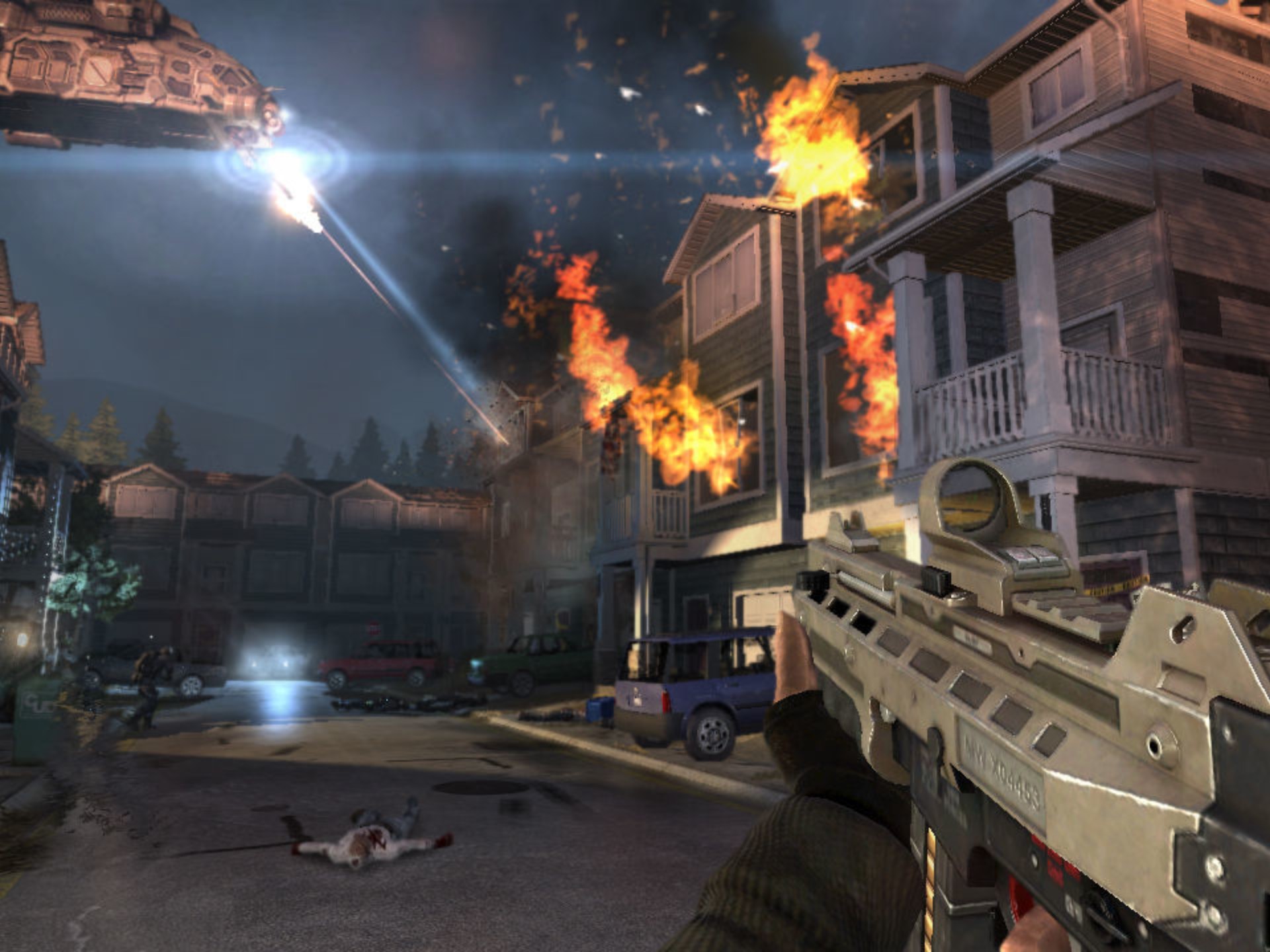Title: The Unseen Architects: How the "Patience Crisis Shelter Sign Installer Simulator VR" Place Missions Update Redefines Empathy in Gaming
Tags: #VRGaming #SimulationGames #EmpathyInGaming #IndieGameDev #MentalHealthAwareness #GamingForGood #PatienceCrisis

The virtual reality landscape is often a spectacle of the extraordinary. We scale impossible mountains, wield magic against dragons, and pilot starships through supernovae. But what happens when a game asks you not to be a hero, but to be quiet, observant, and profoundly helpful in the most mundane way imaginable? This is the radical proposition of Patience Crisis Shelter Sign Installer Simulator VR, a title that has carved out a unique niche by focusing on the quiet, infrastructural empathy of a society caring for its most vulnerable. Its latest "Place Missions" update isn't just new content; it’s a masterclass in narrative environmental design, deepening the game's core thesis that true compassion is found in the details.
For the uninitiated, Patience Crisis Shelter tasks players with a simple, repetitive, yet weighty job: installing and maintaining the physical signage that directs people to safe havens—crisis shelters, community kitchens, mental health hotline call boxes, and support group meeting points—within a sprawling, rain-slicked, neo-noir city. The core gameplay loop is a meditative mix of precision and observation: using your VR tools to drill, screw, and wire up signs while passively absorbing the ambient stories of the city around you. You are a background character, a civic ghost ensuring the safety net is visible. The original game was praised for its somber atmosphere and unique premise, but the "Place Missions" update transforms it from a compelling simulator into a deeply personal narrative experience.
The update introduces a new game mode: "Place Missions." Instead of simply being given a work order with coordinates, these missions begin with a brief, often poignant, request from a shelter coordinator, a city social worker, or sometimes an anonymous community member. The objective is no longer just to install a sign, but to place it with intention. The "where" and "how" become critically important narrative choices directly impacting the game's world and its inhabitants.
One mission might involve a request from "Martha," the manager of a women's shelter located down a poorly lit alley. Her instructions are clear: "The old sign was vandalized again. The women are afraid. We need something brighter, more permanent, but… please, can you angle it so it’s visible from the main bus stop? So many arrive after dark." This isn’t just an installation; it’s a puzzle of safety and visibility. You must use your light-meter tool to find the optimal spot where the sign will catch the glow of a distant streetlamp, ensuring it’s a beacon, not a target. The success of your placement is measured not by a points system, but by a subtle change in the game’s audio. A few days later (in-game time), if you return to that alley, you might hear snippets of conversation from NPCs: "I saw the light from the corner, I knew I was close," or "It feels safer walking down here now."
Another mission tasks you with installing a small, discreet sign for a youth LGBTQ+ support group. The coordinator warns you that overt visibility could subject attendees to harassment. Your challenge is to find a location that is findable for those actively looking for help—using specific, subtle landmarks mentioned in online community forums (which you can access on your in-game tablet)—while remaining invisible to the casual, and potentially hostile, passerby. This mission is a tense, quiet exercise in understanding the need for safe spaces that are not always loud and public. The satisfaction comes from the knowledge that your careful work protects a fragile community.
The "Place Missions" excel at fostering a powerful sense of tangential responsibility. You never directly interact with the people you’re helping. You see them from a distance: a figure huddled under an awning, a person nervously checking their phone on a street corner, a group of volunteers unloading supplies. Your interaction is with the city itself. You are healing the urban environment, and by extension, the people within it. The update leverages VR’s greatest strength—presence—to make this connection tangible. The weight of the drill in your hand, the sound of rain pattering on your virtual hood, the strain of holding a heavy sign steady while you secure it—these physical sensations ground the emotional weight of your actions.
Technically, the update is a marvel of subtle world-building. The new AI routines for NPCs make the city feel more reactive. A well-placed sign for a warm meal will see more foot traffic heading in that direction. A broken or poorly placed sign results in more lost and distressed citizens wandering the streets. The game’s dynamic soundtrack, a melancholic blend of ambient synth and piano, now subtly shifts based on the efficacy of your network of signs, creating a sonic representation of the city's well-being.
Critics of the genre might dismiss this as "boring." But that is to miss the point entirely. Patience Crisis Shelter Sign Installer Simulator VR, and particularly this "Place Missions" update, is a deliberate antithesis to the power fantasy. It’s a game about listening instead of shouting, about supporting instead of leading, and about understanding that systemic change is often built from a million small, unseen acts of competence and care. It argues that empathy isn’t just a emotion triggered by a cutscene, but a practice—a series of conscious, thoughtful actions.
In a world increasingly facing real-world crises of housing, mental health, and social isolation, this game and its new update offer a rare and valuable perspective. It doesn’t provide easy answers, but it fosters a profound understanding of the infrastructure of care. It makes the player not a savior, but a dedicated maintenance worker in the engine of compassion, proving that sometimes, the most revolutionary act in a virtual world is to simply screw a sign to a wall, perfectly, for someone you will never meet.


















